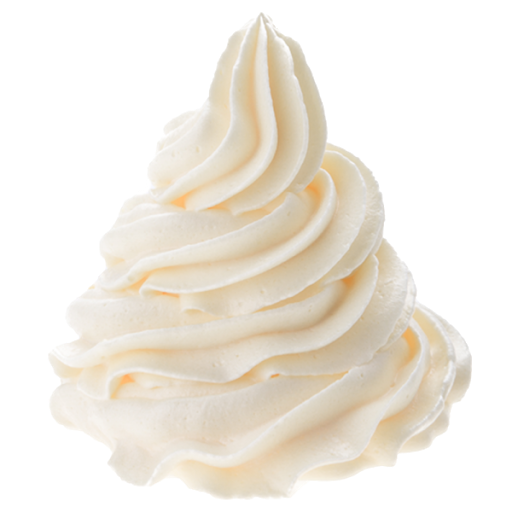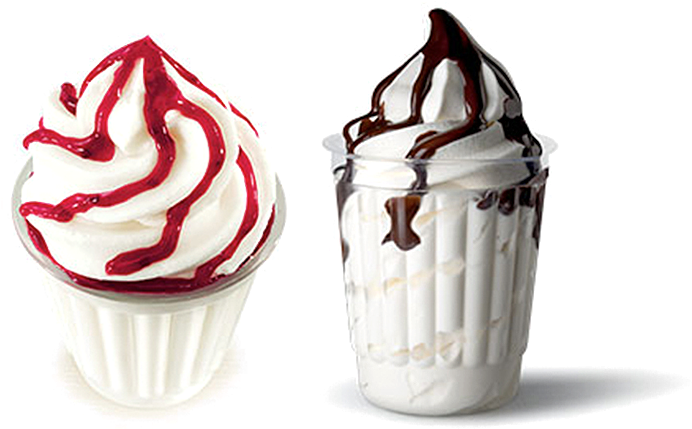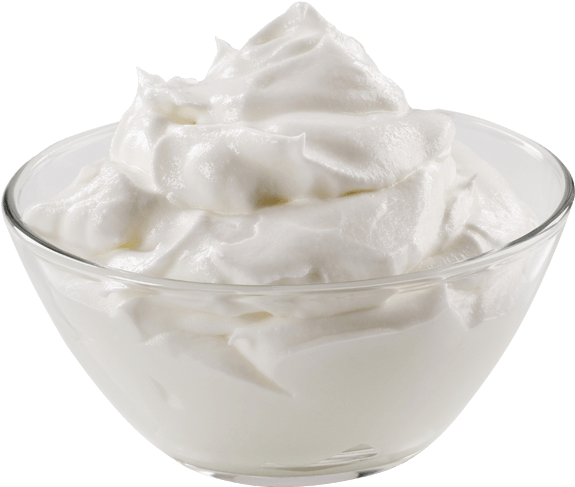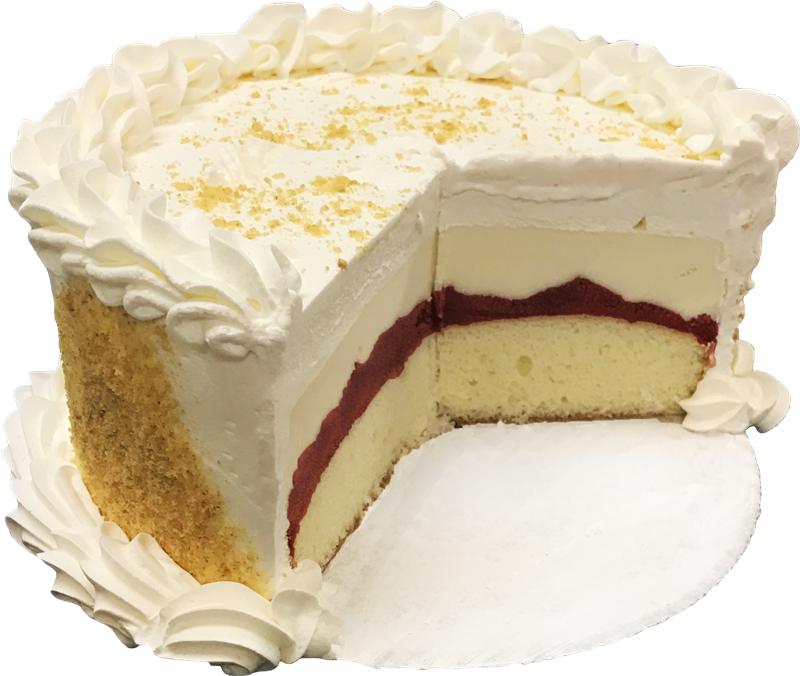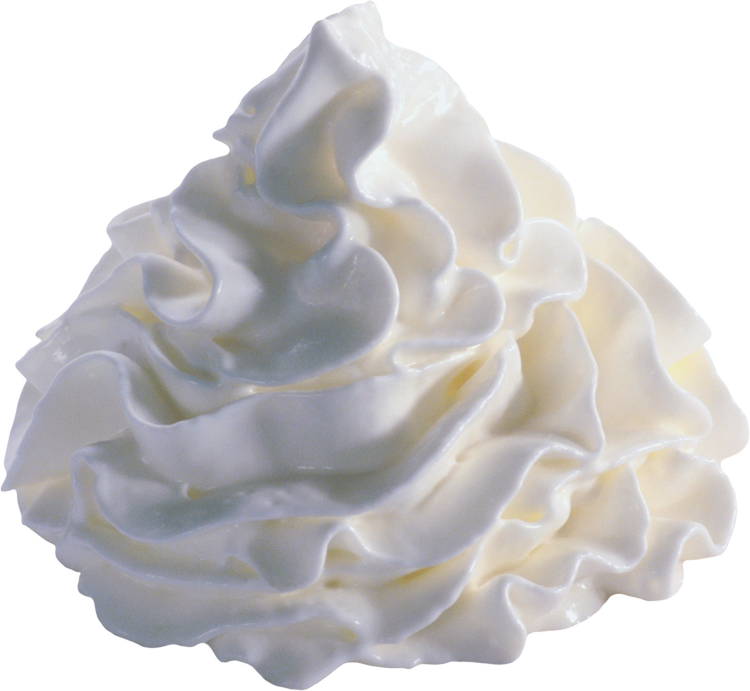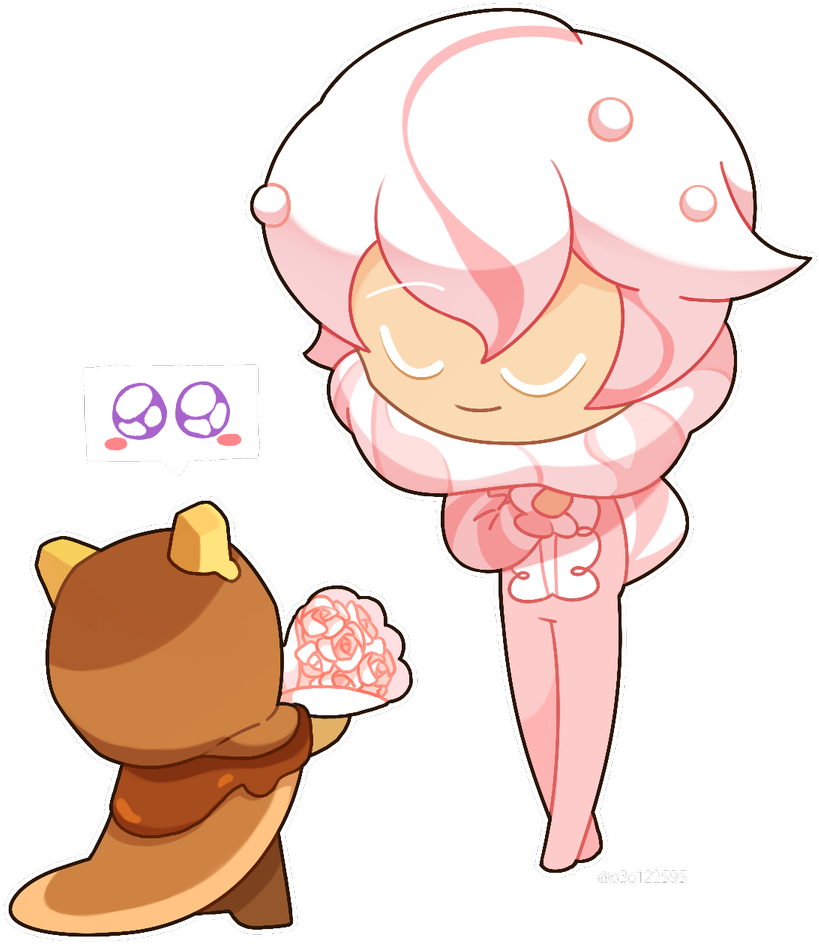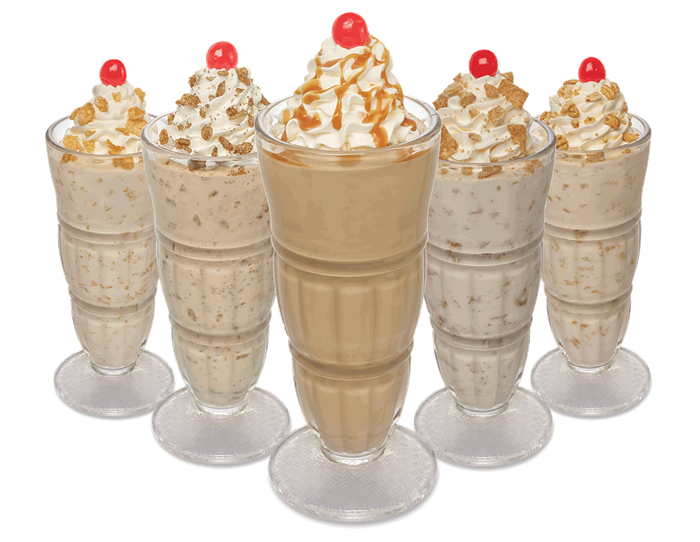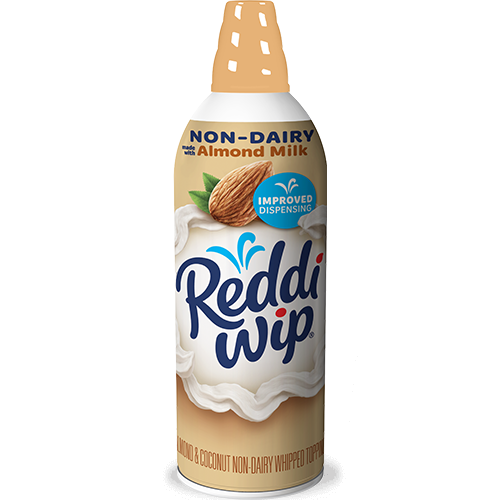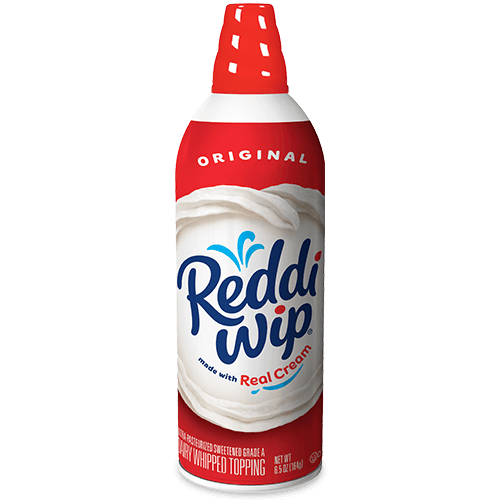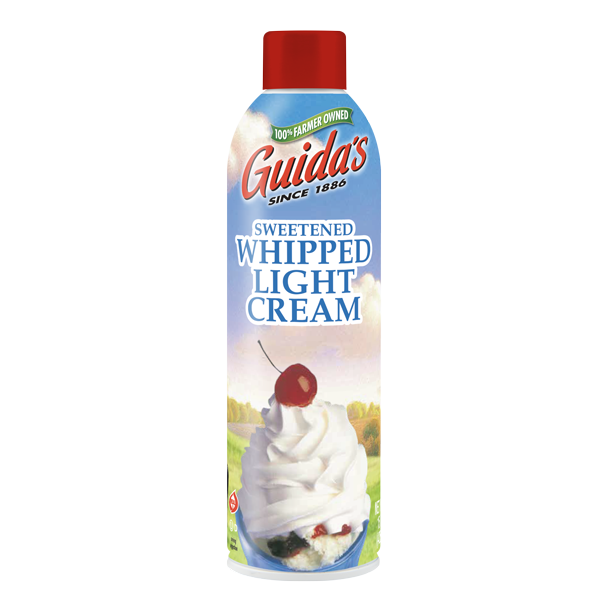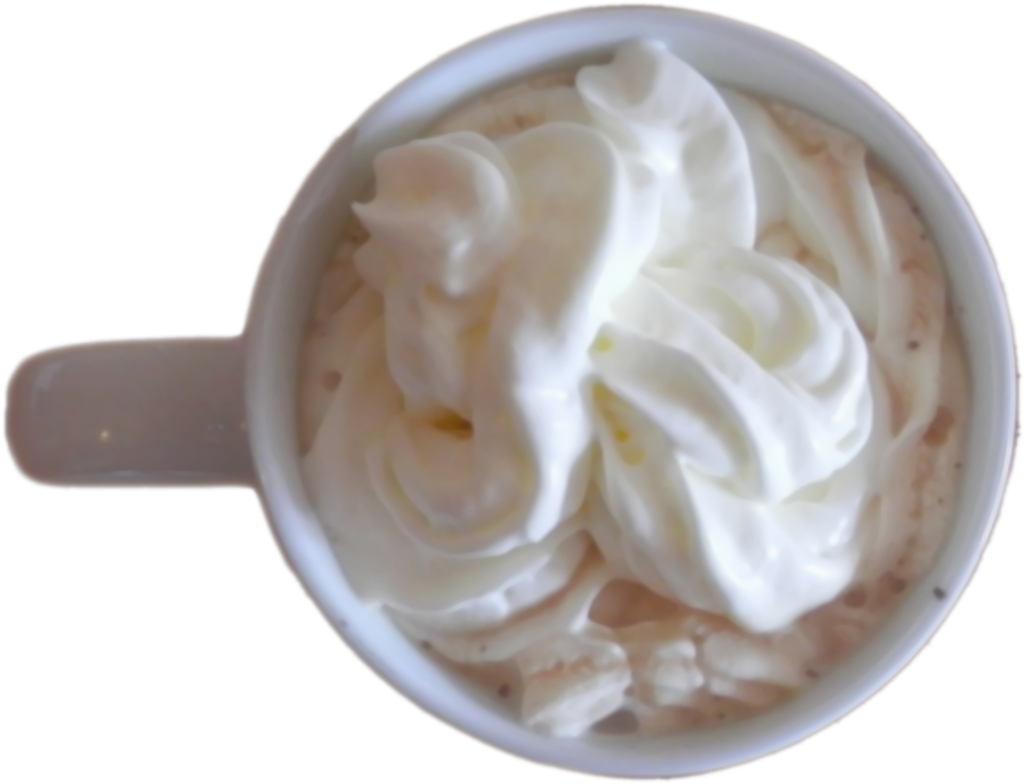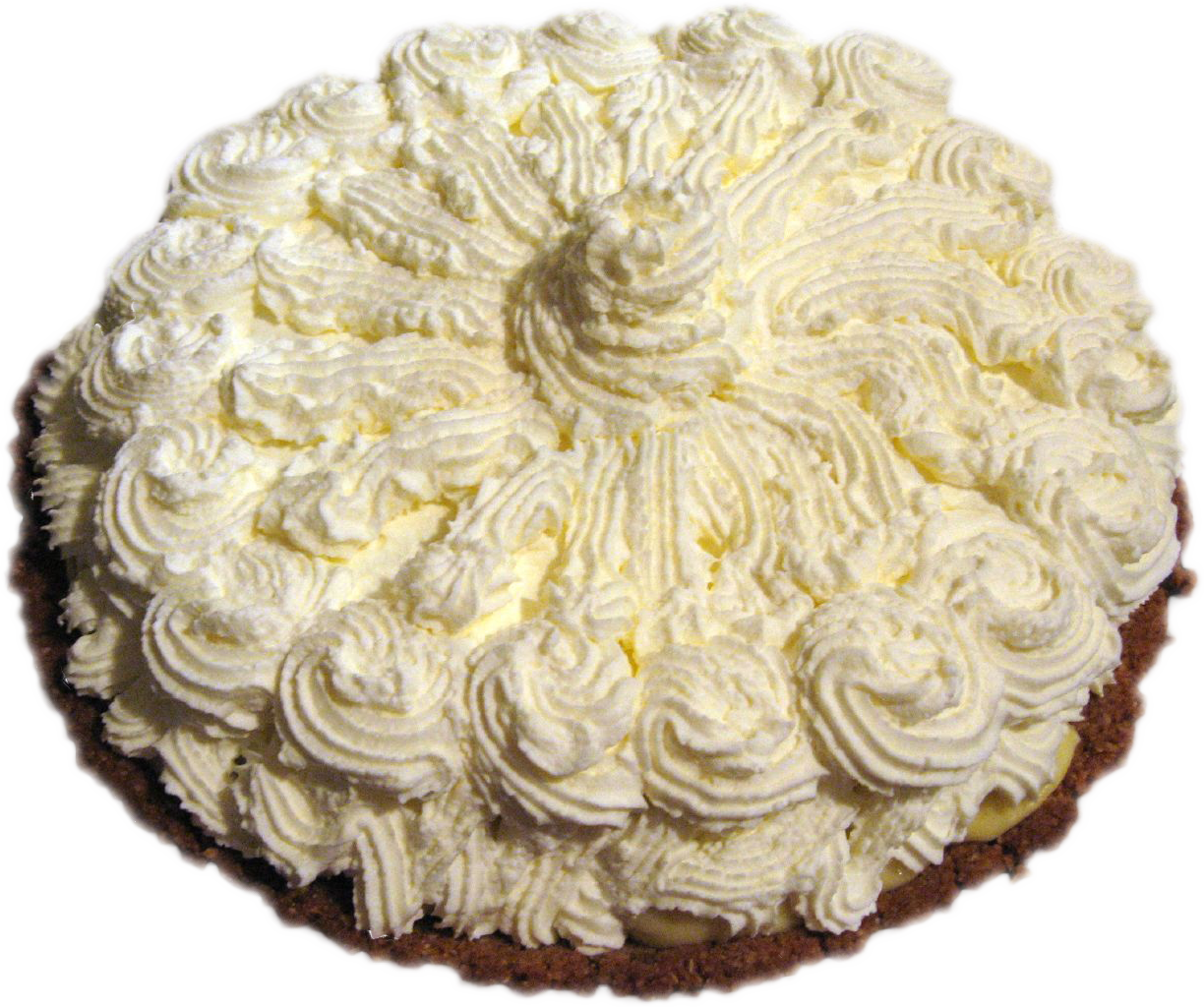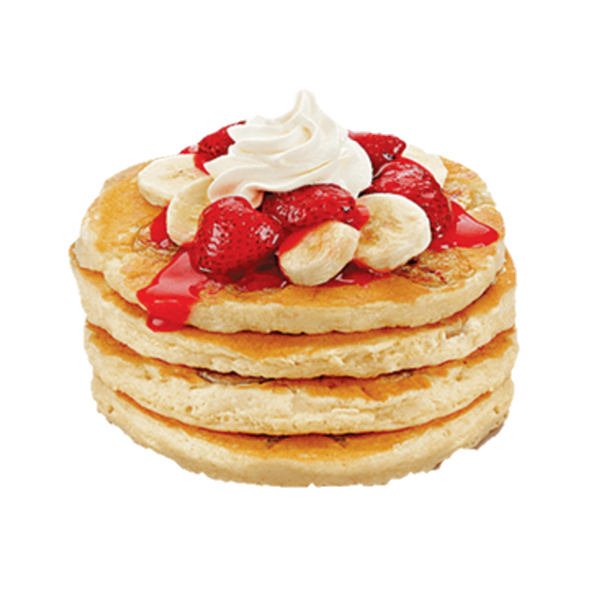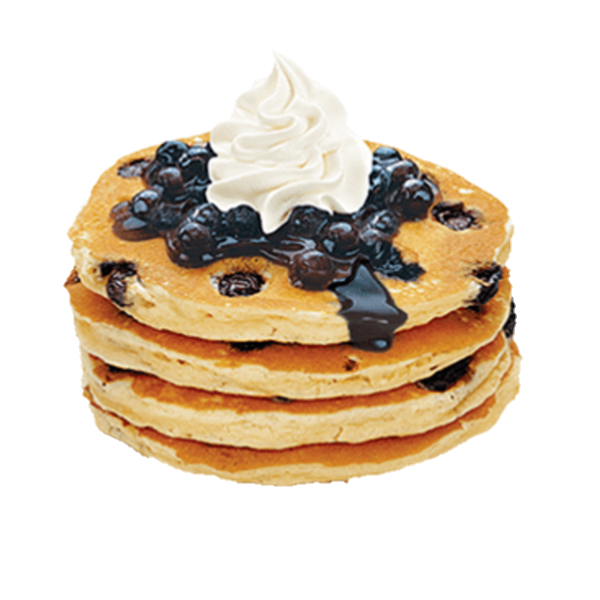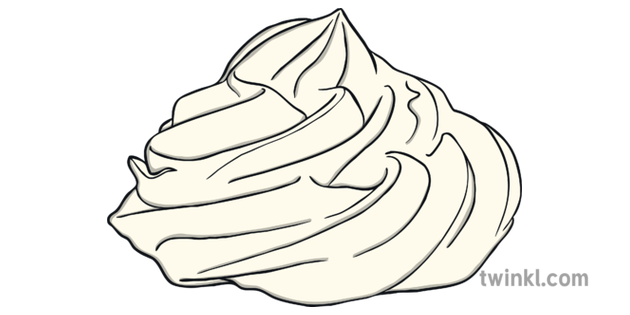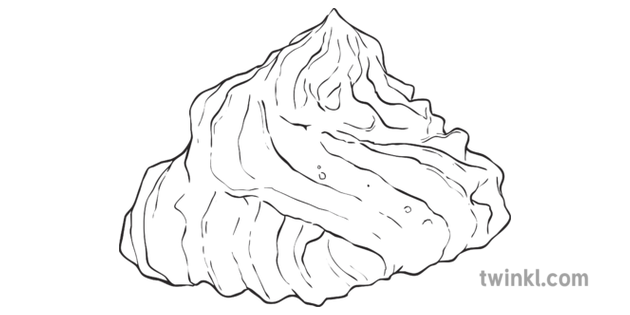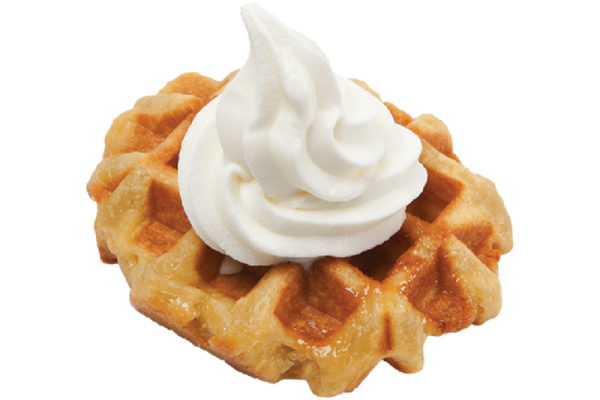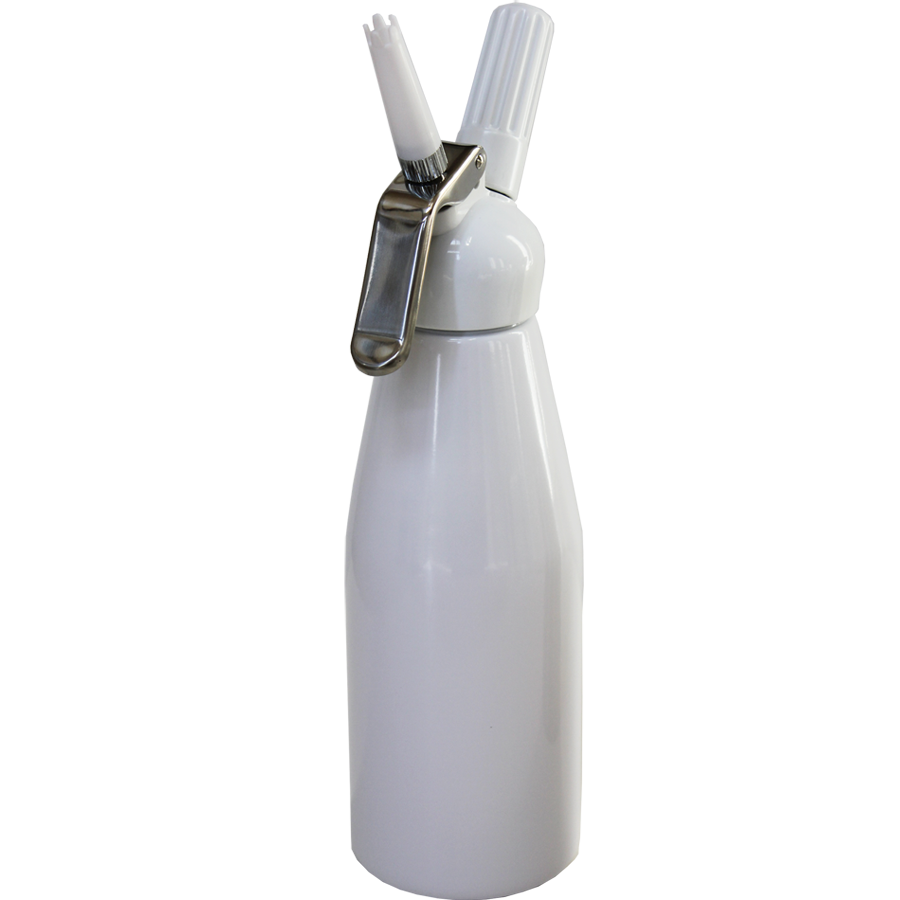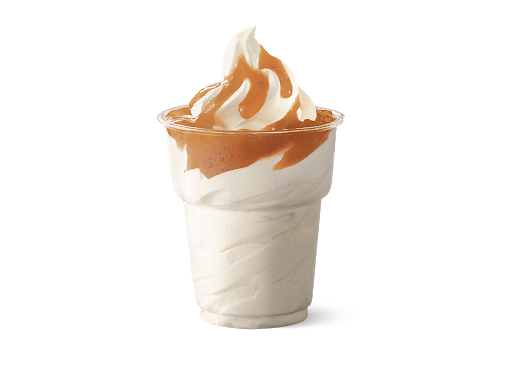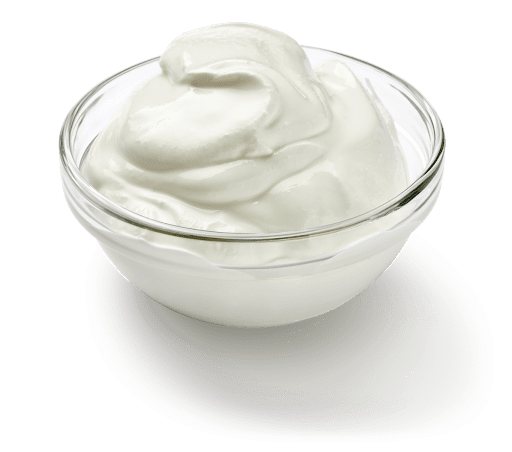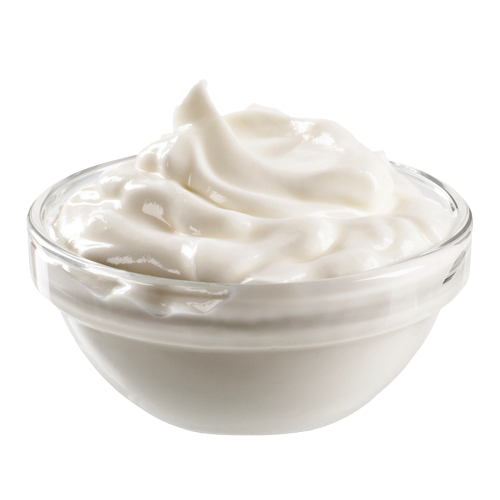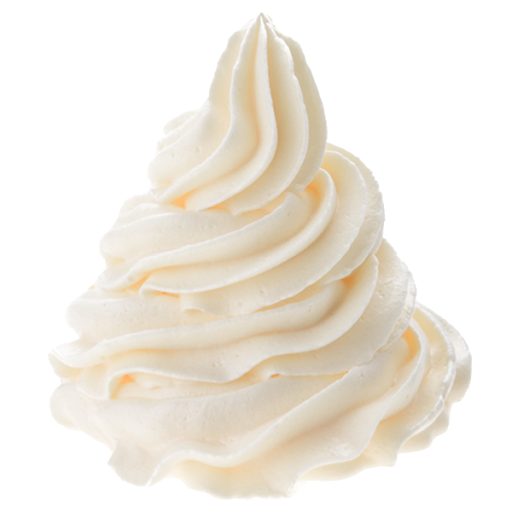Download top and best high-quality free Whipped Cream PNG Transparent Images backgrounds available in various sizes. To view the full PNG size resolution click on any of the below image thumbnail.
License Info: Creative Commons 4.0 BY-NC
Whipped cream is cream that has been whipped with a whisk or mixer until it is light and fluffy or has formed a colloid due to the expansion of dissolved gas. It’s frequently sweetened and flavored with vanilla. Chantilly cream or Crème chantilly is another name for whipped cream (pronounced ).
Since fat globules contribute to stable air bubbles, whipping cream has a high butterfat content—typically 30–36 percent.
Whipping creates a stable network of partly coalesced fat molecules that traps air bubbles. The resultant colloid has a volume that is nearly twice that of the original cream. If the whipping is kept going, the fat droplets will cling together and disintegrate the colloid, resulting in butter. Higher-fat cream (or milk) whips better, whereas lower-fat cream provides a more stable froth.
A whisk, an electric hand mixer, or a food processor are often used to whip cream mechanically. When the equipment and ingredients are cold, the results are ideal. The mechanically whipped cream’s bubbles start to break right away, and the whipped cream starts to liquefy. As a result, mechanically whipped cream has a one-to-two-hour usable life. Gum tragacanth is used in several 19th-century recipes to solidify whipped cream, while whipped egg whites are used in a few others. Commercial stabilizers contain a variety of additional ingredients, such as gelatin and diphosphate.
Instant whipped cream can alternatively be prepared with a whipping siphon or a pre-pressurized container purchased from a store. Under pressure, a gas dissolves in the butterfat. The gas exits the solution when the pressure is removed, causing bubbles. Nitrous oxide is usually used because carbon dioxide has a sour flavor.
Sugar, vanilla, coffee, chocolate, orange, and other flavors are commonly used in whipped cream.
The whipped cream was popular in the 16th century, with recipes appearing in works by Cristoforo di Messisbugo (Ferrara, 1549), Bartolomeo Scappi (Rome, 1570), and Lancelot de Casteau (Liège, 1604). Milk or cream snow (neve di latte, neige de lait, neige de crème) was the name given to it. “A Dyschefull of Snow,” a 1545 English dish, also uses whipped egg whites and is sweetened with rosewater and sugar. In these recipes, naturally separated cream is whipped, generally with willow or rush branches, and the ensuing froth on the surface is skimmed off and drained from time to time, a process that can take an hour or more. The whipped cream was faster and easier to manufacture towards the end of the nineteenth century, thanks to centrifuge-separated, high-fat cream.
The French word crème fouettée, which means “whipped cream,” was first reported in 1629, while the English word “whipped cream” was first reported in 1673. The term “snow cream” was still in use in the 17th century.
Download Whipped Cream PNG images transparent gallery.
- Vanilla Whipped Cream PNG Free Download
Resolution: 512 × 512
Size: 179 KB
Image Format: .png
Download
- Whipped Cream Drink
Resolution: 692 × 429
Size: 438 KB
Image Format: .png
Download
- Real Whipped Cream
Resolution: 575 × 487
Size: 151 KB
Image Format: .png
Download
- Whipped Cream PNG Clipart
Resolution: 1800 × 1520
Size: 1004 KB
Image Format: .png
Download
- Real Whipped Cream PNG Image
Resolution: 750 × 691
Size: 600 KB
Image Format: .png
Download
- Whipped Cream PNG Picture
Resolution: 819 × 944
Size: 303 KB
Image Format: .png
Download
- Whipped Cream Drink PNG
Resolution: 700 × 542
Size: 539 KB
Image Format: .png
Download
- Whipped Cream Bottle PNG
Resolution: 500 × 500
Size: 123 KB
Image Format: .png
Download
- Whipped Cream Bottle PNG Image
Resolution: 500 × 500
Size: 81 KB
Image Format: .png
Download
- Whipped Cream Bottle
Resolution: 600 × 600
Size: 178 KB
Image Format: .png
Download
- Vector Whipped Cream
Resolution: 512 × 512
Size: 19 KB
Image Format: .png
Download
- Real Whipped Cream PNG Clipart
Resolution: 1024 × 784
Size: 1130 KB
Image Format: .png
Download
- Real Whipped Cream PNG Free Download
Resolution: 1224 × 1024
Size: 1659 KB
Image Format: .png
Download
- Whipped Cream Drink PNG Image
Resolution: 1611 × 1238
Size: 291 KB
Image Format: .png
Download
- Whipped Cream PNG Free Image
Resolution: 600 × 600
Size: 282 KB
Image Format: .png
Download
- Whipped Cream PNG File
Resolution: 600 × 600
Size: 293 KB
Image Format: .png
Download
- Vector Whipped Cream PNG
Resolution: 630 × 315
Size: 281 KB
Image Format: .png
Download
- Vector Whipped Cream PNG Image
Resolution: 630 × 315
Size: 212 KB
Image Format: .png
Download
- Whipped Cream PNG HD Image
Resolution: 600 × 400
Size: 204 KB
Image Format: .png
Download
- Whipped Cream Bottle Transparent
Resolution: 900 × 900
Size: 272 KB
Image Format: .png
Download
- Whipped Cream Drink Transparent
Resolution: 512 × 384
Size: 25 KB
Image Format: .png
Download
- Real Whipped Cream PNG Picture
Resolution: 512 × 452
Size: 52 KB
Image Format: .png
Download
- Whipped Cream PNG
Resolution: 512 × 512
Size: 42 KB
Image Format: .png
Download
- Whipped Cream PNG Image
Resolution: 500 × 500
Size: 172 KB
Image Format: .png
Download
- Real Whipped Cream PNG
Resolution: 512 × 512
Size: 179 KB
Image Format: .png
Download
